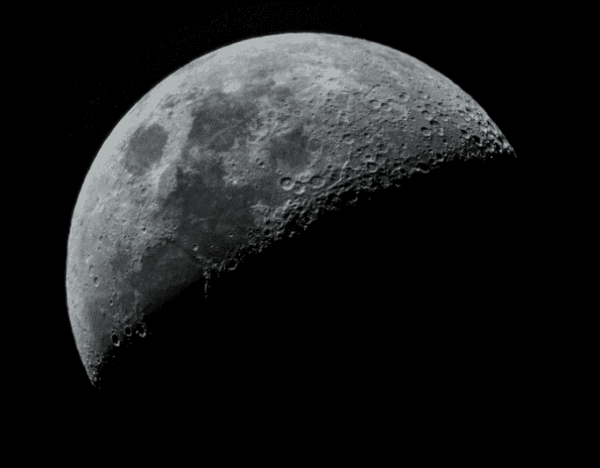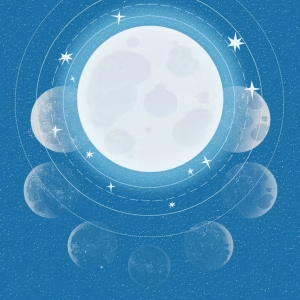The Magic of Lunar Phases: All You Need to Know
The moon, our nearest celestial body, is constantly changing shape. This phenomenon, known as moon phases, provides a mesmerizing spectacle for all who look up. But what causes these phases? And what is the best way to observe them? Whether you are a beginner or an experienced stargazer, this guide will help you understand and best appreciate the moon's fascinating changes.
What Are Moon Phases?
Lunar phases are the different ways in which sunlight illuminates the moon during its orbit. They result from the relative positions of the sun, earth and moon. This results in eight main phases that we can observe from Earth:
- New Moon: The moon is completely eclipsed.
- Washing Crescent: A narrow arc of light appears.
- First Quarter: Half of the moon is visible.
- Waxing Moon: More than half are illuminated.
- Full Moon: The moon shines in its full glory.
- Descending Moon: The light is decreasing.
- Last Quarter: Again we see a crescent moon.
- Declining Crescent: A thin arc closes the cycle.
The full cycle, also called the synodic month, lasts about 29.5 days.
Why Are Moon Phases Fascinating to Stargazers?
The moon plays a unique role in astronomy. During a New Moon the sky is dark, which is ideal for observing galaxies and deep-sky objects. In contrast, a Full Moon a clear viewpoint for beginners. Especially the First Quarter and Last Quarter are perfect for seeing the craters and mountains on the moon thanks to the play of light and shadow.
Tips for Moon Observation
A telescope can reveal a world of detail not visible to the naked eye. Here are some tips:
- Use a moon filter: Reduces glare and increases contrast.
- Focus on the terminator: This is the dividing line between light and shadow, where most details are visible.
- Check a lunar calendar: Plan your observations to see specific phases.
- Try astrophotography: Use a camera to capture the beauty of the moon.
Facts about Moon Phases
- Gravity effects: The phases of the moon influence the tides on Earth.
- Cultural impact: Many calendars, such as Islamic and Chinese, are based on the lunar cycle.
- Supermoon: This happens when the full moon is closest to the earth, making it bigger and brighter.
Moon Phases and Telescopes
With a telescope, you can discover more about the moon than you ever imagined. From its craters to its mysterious dark areas, each stage offers something unique. Beginners can start with an entry-level telescope such as the StellarVision, while advanced users can benefit from higher-resolution telescopes and advanced accessories.







